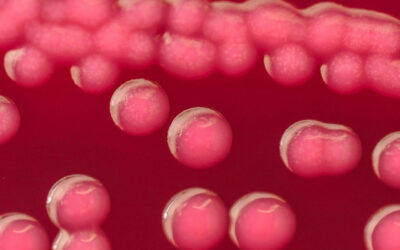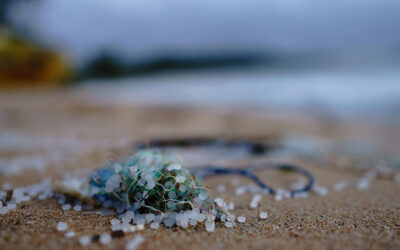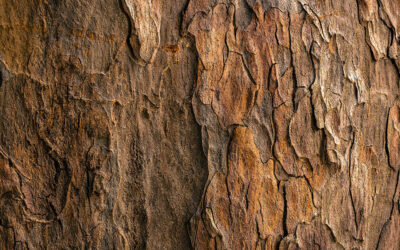Superhydrophobicity can be found in nature, as can be seen in the way water droplets roll off a lotus leaf, or adhere strongly to a rose petal. Such unique wetting properties have been artificially reproduced by using synthetic materials with a rough surface. However, although there is no doubt that leaves and flowers are mainly composed of biopolymers, there has been little research done on superhydrophobic materials made of natural-occurring materials.
Now, a Japanese/German collaboration has succeeded in synthesising a biodegradable, hydrophobic polymer by modifying a naturally-occurring poly(amino acid) with a hydrophobic amino acid. the modified polymer is then subjected to electrospinning, a versatile technique for producing nanofibers from various polymer solutions, which creates a nonwoven material with a rough surface. These resultant nonwovens show a water contact angle of more than 150o – they are superhydrophobic. This new class of biodegradable, superhydrophobic materials opens up new possibilites in the fields of environmental chemistry and biomedical engineering – they will become a new functional material resource which meets at least some of the criteria for green chemistry.
















